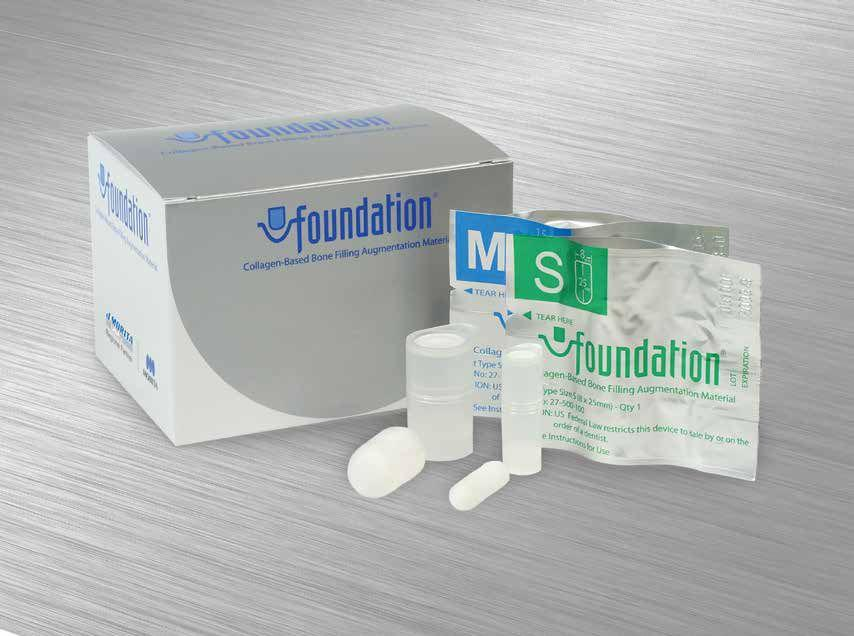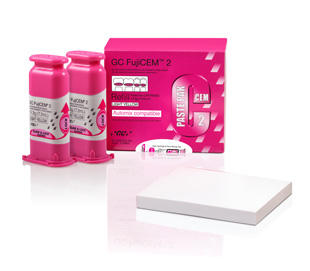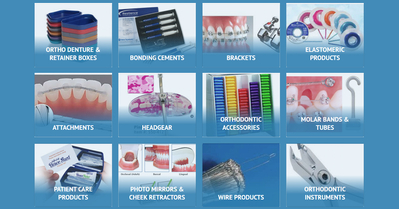What’s the latest word on bone substitutes for implant therapy?
January 27 2020
We talk with our customers all the time. We like to keep track of what’s on their minds professionally, and we like to keep them up-to-date on industry trends.
Lately there’s been a lot of discussion about guided bone regeneration, for alveolar ridge augmentation. The idea is to build up stable space for infiltration of osteogenic cells, and get angiogenesis underway as quickly as possible.
The choice of bone graft materials matters a lot to clinicians, though. Their choices are autogenous bone, allografts, xenografts, or alloplasts. Allografts are freeze-dried bone, sometimes demineralized. Xenografts are bovine-derived materials, sometimes de-proteinized. Alloplasts, which vary by type, are generally hydroxyapatite or they’re other calcium phosphate scaffolds. All these bone substitutes have different advantages and disadvantages, but not every operating implant dentist knows what they are currently. Fair enough, since these things change all the time.
We thought we’d offer a quick rundown from the literature, on what’s best. Almost predictably, the answer is not straightforward. Or more accurately, the answer as to what’s best finally depends on what you’re after clinically.
All evidence says that right now, autogenous bone is still the best intervention. It’s the fastest way to bone formation, far speedier than any bone substitute. The caveat is, however, that much depends on recipient conditions. Very often there needs to be supplementation with bone substitutes. Autogenous bone is not a silver bullet, in other words.
Bone substitutes, at least currently available ones, all share one limitation. As scaffolds, they do not induce osteoinductivity, at least to our knowledge. They elicit osteoconductivity.
Do they all make space the same way? That’s an important part of bone augmentation. The answer is no. Materials are made of differently-sized particles, for one thing. They have varying mechanical characteristics overall as well. Some of them are more vulnerable than others to dissolution by enzyme or chemical action.
And across the board, bone substitutes are not very biocompatible. Why? Nobody’s completely sure yet. It may have to do with irregularly arrayed collagen. There may be confounding effects from micro-particles. There may be showers of released calcium ions.
Here’s something you may have noticed. There’s an inverse relationship between bioabsorption and maintenance of volume. That’s logical, when you think about it. Why it happens is still being investigated. It seems to be a passive chemical mechanism in tandem with absorption by osteoclasts. The chemical factors that matter are water solubility and resistance to acid, which are really just functions of how the apatite structure is put together.
Is there yet a bone substitute that’s perfectly biocompatible, shows perfect bioabsorption, and maintains volume flawlessly? Of course not. You kind of have to decide whether you’re more concerned with reconstructed volume maintenance or the displacement that comes with regeneration. At the regeneration/bioabsorption end of that continuum, you want demineralized freeze-dried bone allograft. Or even better, a collagen sponge. At the volume maintenance end, opposite, it’s best to go for a synthetic hydroxyapatite, or thermally de-proteinized bovine bone, or else bovine bone that’s been chemically de-proteinized. Somewhere in the middle is the plain-old freeze-dried bone allograft, and beta-tricalcium phosphate.
There’s your answer, as far as it’s known. Have a look at what we’ve got, at Sky Dental. Drop us a note if you want to talk about it. Whatever your clinical choice, we’ll make sure you’re set up for it.
Recent posts
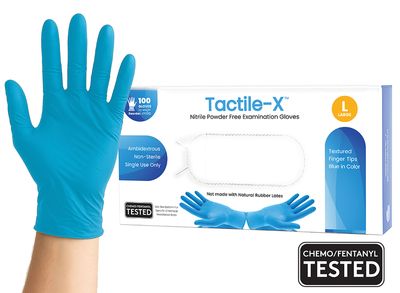
07-18-2025
Textured vs. Smooth Nitrile Gloves

02-12-2025
Ultrasonic scalers

10-17-2024
High Definition Black Line Mirrors
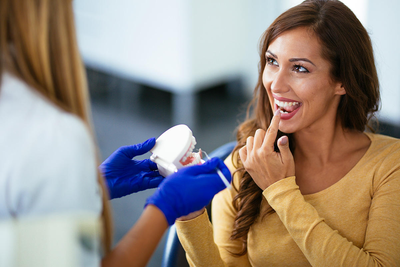
09-27-2020
